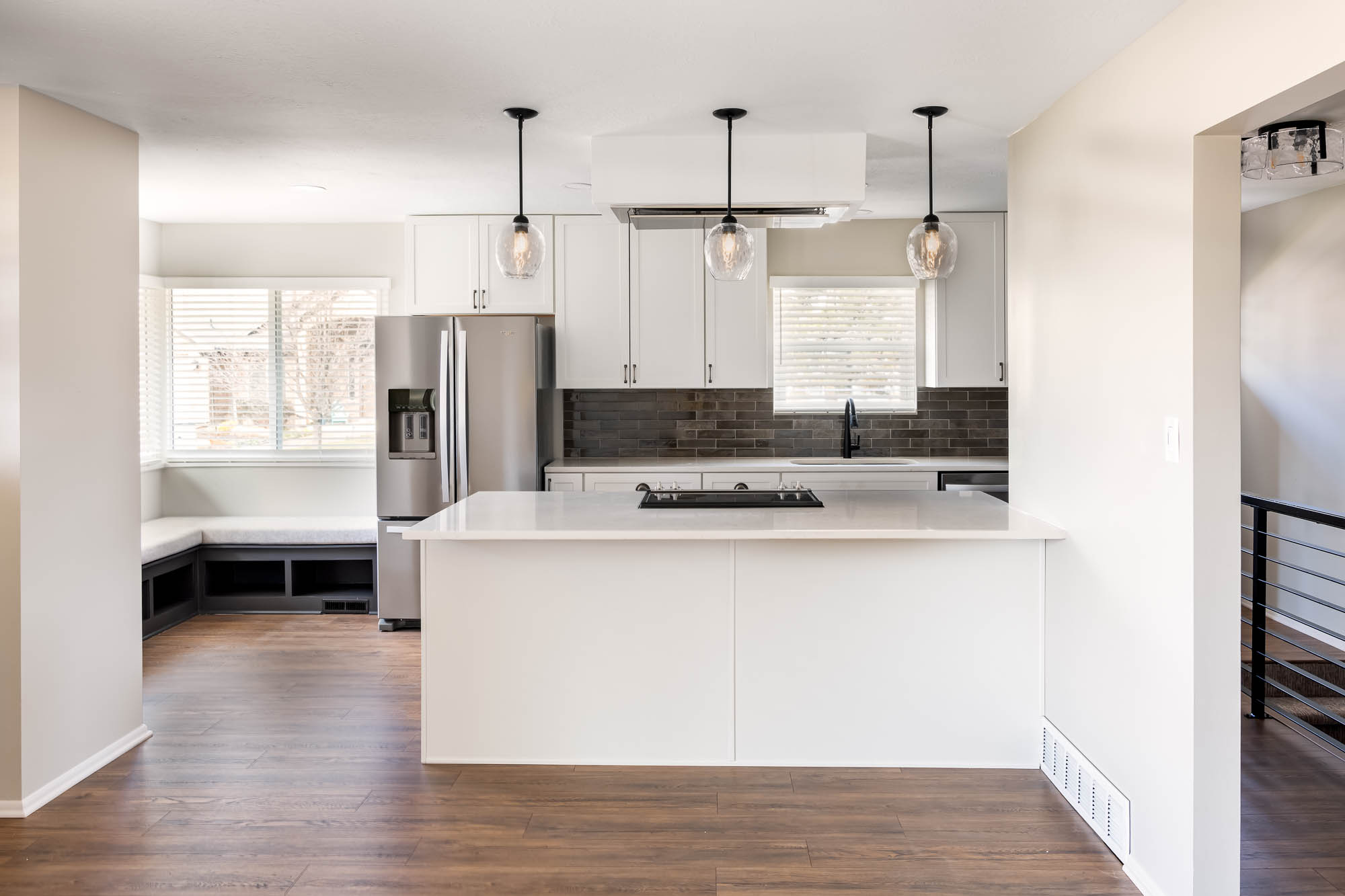As an architectural photographer I’ve been asked difference between my work and real estate photography a few times, so I decided to highlight the similarities and differences between them.
Real estate photography and architectural photography might seem synonymous; however, a deeper dive reveals differences that set them apart. Each caters to different audiences and objectives. Let’s unravel the differences between these two closely related yet distinct genres.

Real Estate Photography: Capturing Potential
Real estate photography is the art of showcasing properties with the aim of attracting buyers or renters. Its primary goal is to present a property in the best possible light, emphasizing its most appealing features and creating an inviting atmosphere. Unlike architectural photography, which often focuses on highlighting the design and details of a structure, real estate photography prioritizes the overall look and feel of a space, with an emphasis on marketability.
Key Features:
1. Composition for Marketing: Real estate photographers compose shots to highlight the property’s key selling points, such as spacious living areas, modern kitchens, or scenic views. The aim is to evoke a sense of aspiration and desire in potential buyers or renters.
2. Emphasis on Space and Flow: Effective real estate photography captures the flow of space within a property, allowing viewers to envision themselves living or working there. Frequently this means shooting from the corner of a room to capture the overall layout in one shot. Wide-angle lenses are commonly used to convey a sense of openness and spaciousness.
3. Capturing the HGTV Look: While real estate photography may not delve deeply into architectural elements, it does emphasize cleanliness, organization, and visual appeal. Tidy rooms, well-staged furniture, and attractive décor contribute to the overall presentation.
4. Lighting and Ambiance: Natural light is often preferred in real estate photography to create a warm and inviting atmosphere. However, real estate photographers often use supplemental lighting and “flambient” techniques to enhance certain areas and ensure a well-lit interior, especially when lighting is sub optimal.
Architectural Photography: Celebrating Design and Detail
Architectural photography, on the other hand, is more focused on capturing the essence of a structure’s design, form, and functionality. It seeks to showcase the architect’s vision, highlighting the interplay of light, space, materials, and geometry. While real estate photography aims to sell a lifestyle, architectural photography aims to celebrate the artistry and craftsmanship behind the built environment.
Key Features:
1. Highlighting Design Elements: Architectural photographers pay close attention to design details, such as unique angles, lines, textures, and materials. They aim to convey the essence of the architect’s vision and the distinctive character of the structure.
2. Context and Surroundings: In architectural photography, the context in which a building exists is often as important as the building itself. Photographers may capture the surrounding landscape, urban environment, or historical context to provide a broader perspective.
3. Technical Precision: Achieving sharpness, clarity, and accurate representation of proportions are crucial in architectural photography. Tilt-shift lenses and perspective control techniques are commonly employed to correct distortions and maintain architectural integrity.
4. Artistic Expression: While real estate photography leans towards practicality, architectural photography allows for more artistic expression. Photographers may experiment with composition, lighting, and post-processing techniques to create visually stunning images that evoke emotion and awe.
Summing it Up
While real estate photography and architectural photography serve different purposes, there is often overlap between the two. In some cases, architectural photographers may be hired to capture residential or commercial properties for marketing purposes, incorporating elements of both genres. Similarly, real estate photographers may elevate their craft by adopting techniques and principles from architectural photography to create more compelling images.
In essence, both real estate photography and architectural photography contribute to our understanding and appreciation of the built environment in their own unique ways. Whether it’s selling a dream home or highlighting an architectural design, the art of capturing spaces through the lens aims to inspire and inform.
